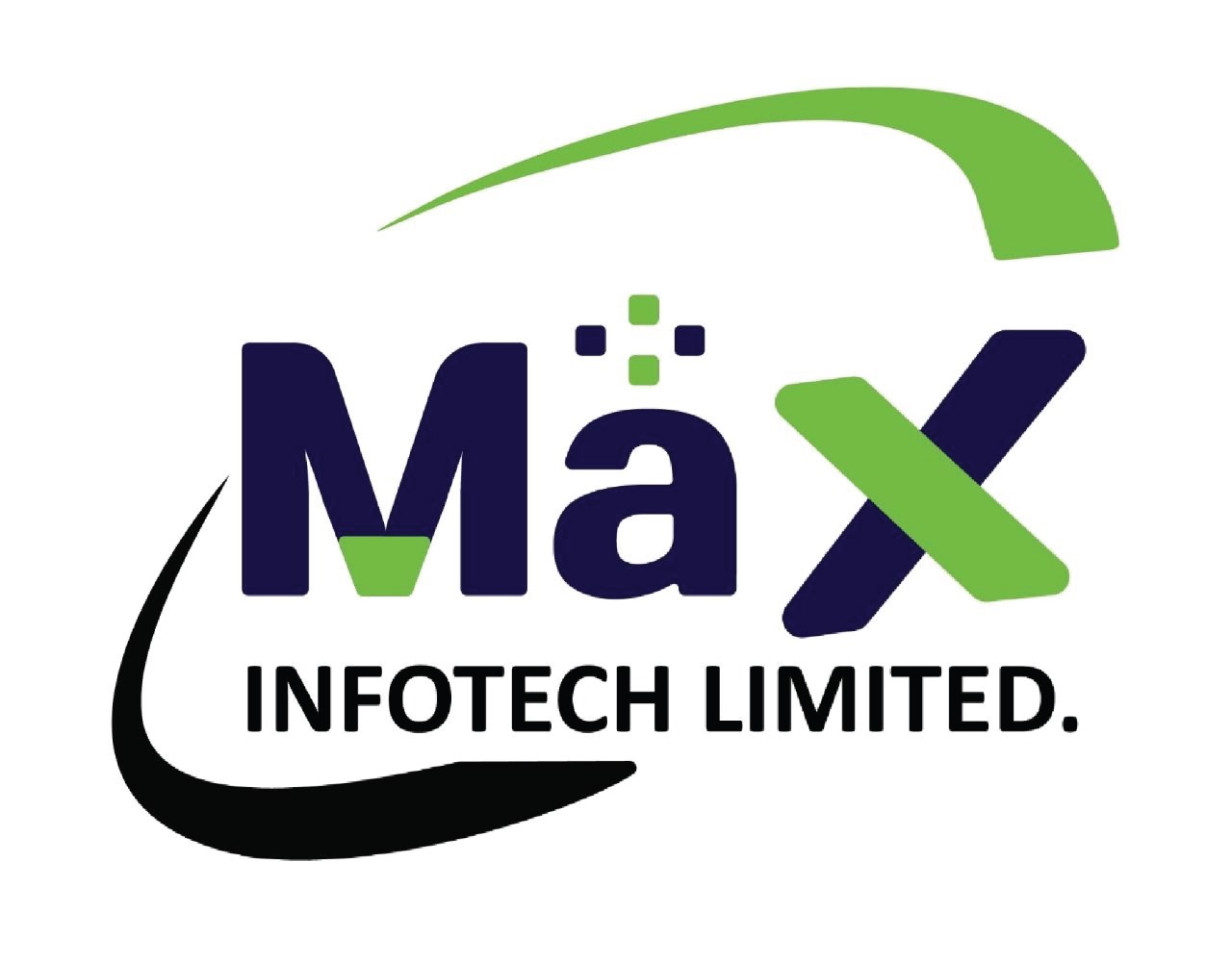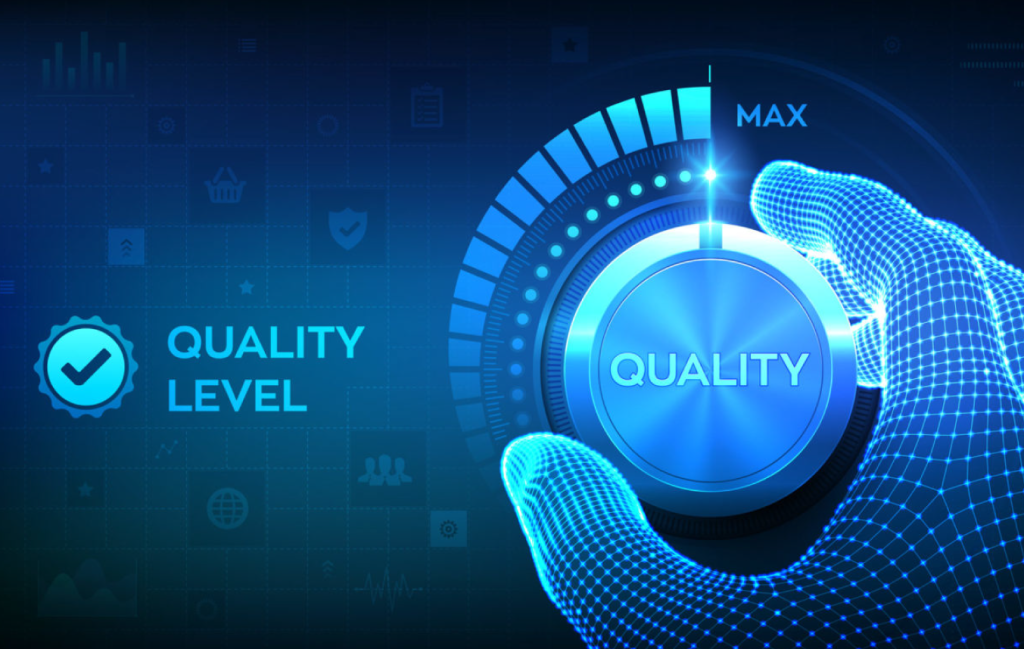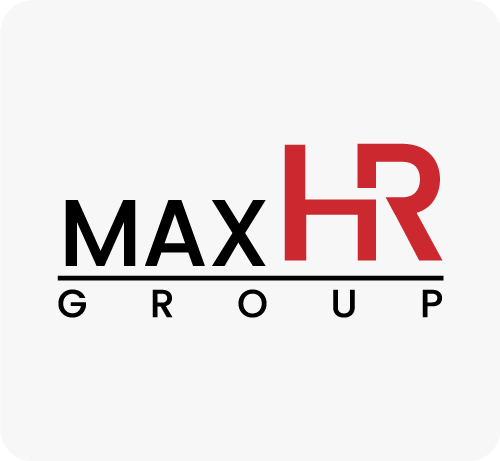
MAX INFOTECH LTD
INTRODUCTION
Max InfoTech Ltd is dedicated to delivering comprehensive IT solutions that meet the needs of modern businesses. This report outlines the entire process from project initiation to completion, detailing each phase and the activities involved in successfully executing IT projects.
1. Project Initiation

1.1 Requirements Gathering
- Client Consultation: Engage with the client to understand their business needs, goals, and requirements.
- Requirement Analysis: Analyze and document the client’s requirements to ensure clarity and completeness.
- Feasibility Study: Assess the technical and financial viability of the proposed solution.
1.2 Project Planning
- Scope Definition: Clearly define the project scope, including objectives, deliverables, timelines, and budget.
- Resource Allocation: Identify and allocate necessary resources such as personnel, technology, and infrastructure.
- Project Schedule: Develop a detailed project timeline with milestones and deadlines.
2. System Design

2.1 Conceptual Design
- System Architecture: Develop high-level architectural designs that outline the system components and their interactions.
- Technology Selection: Select appropriate technologies and platforms that align with the project requirements.
- Design Approval: Obtain client approval for the conceptual designs and make necessary adjustments based on feedback.
2.2 Detailed Design
- Database Design: Design the database schema, including tables, relationships, and constraints.
- Application Design: Create detailed designs for the application’s user interface, functionality, and workflows.
- Integration Design: Plan the integration of the new system with existing systems and third-party services.
3. Development

3.1 Software Development
- Coding: Develop the application according to the detailed design specifications.
- Version Control: Use version control systems to manage code changes and collaborate with the development team.
- Unit Testing: Perform unit testing to ensure individual components function correctly.
3.2 System Integration
- Integration Testing: Test the integration of different system components to ensure they work together seamlessly.
- API Development: Develop and test APIs for communication between system components and external systems.
- Data Migration: Plan and execute data migration from legacy systems to the new system.
4. Quality Assurance

4.1 Testing
- Functional Testing: Test the system’s functionality to ensure it meets the requirements.
- Performance Testing: Assess the system’s performance under various conditions to ensure it meets performance criteria.
- Security Testing: Conduct security testing to identify and address vulnerabilities.
4.2 User Acceptance Testing (UAT)
- UAT Planning: Develop a UAT plan and create test cases that reflect real-world usage scenarios.
- Client Testing: Engage the client to perform UAT and gather feedback on the system’s usability and functionality.
- Issue Resolution: Address any issues or bugs identified during UAT.
5. Deployment

5.1 Pre-Deployment
- Deployment Planning: Develop a detailed deployment plan that includes timelines, roles, and responsibilities.
- System Configuration: Configure the system for production, including hardware, software, and network settings.
- Data Validation: Validate data integrity and consistency after migration.
5.2 Production Deployment
- Go-Live: Execute the deployment plan and launch the system in the production environment.
- Monitoring: Monitor the system closely during the initial post-deployment period to identify and address any issues.
- Client Training: Provide training to the client’s staff on how to use and maintain the system.
6. Post-Deployment

6.1 Support and Maintenance
- Technical Support: Provide ongoing technical support to address any issues that arise.
- System Updates: Implement system updates and enhancements based on client feedback and evolving requirements.
- Performance Monitoring: Continuously monitor system performance and make necessary adjustments.
6.2 Project Closeout
- Documentation: Provide comprehensive documentation, including user manuals, technical specifications, and maintenance guides.
- Client Feedback: Gather feedback from the client to assess their satisfaction with the project and identify areas for improvement.
Final Review: Conduct a final review of the project to ensure all objectives and deliverable have been met.





